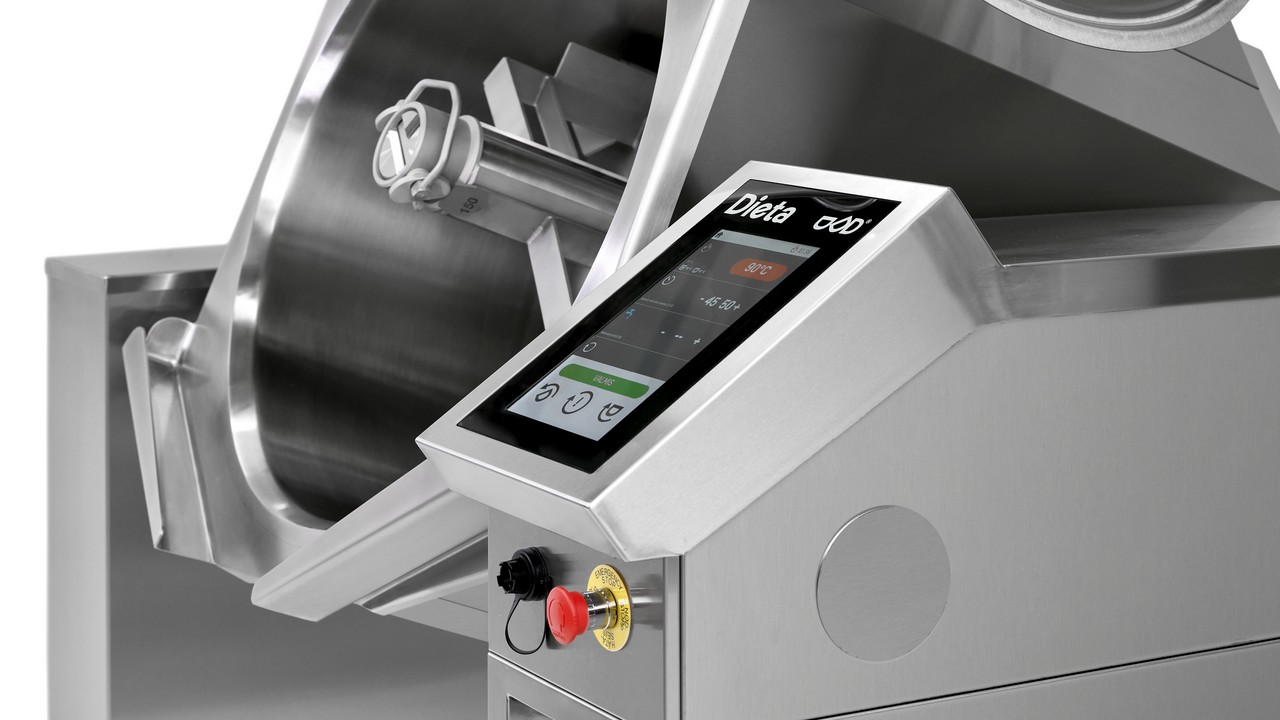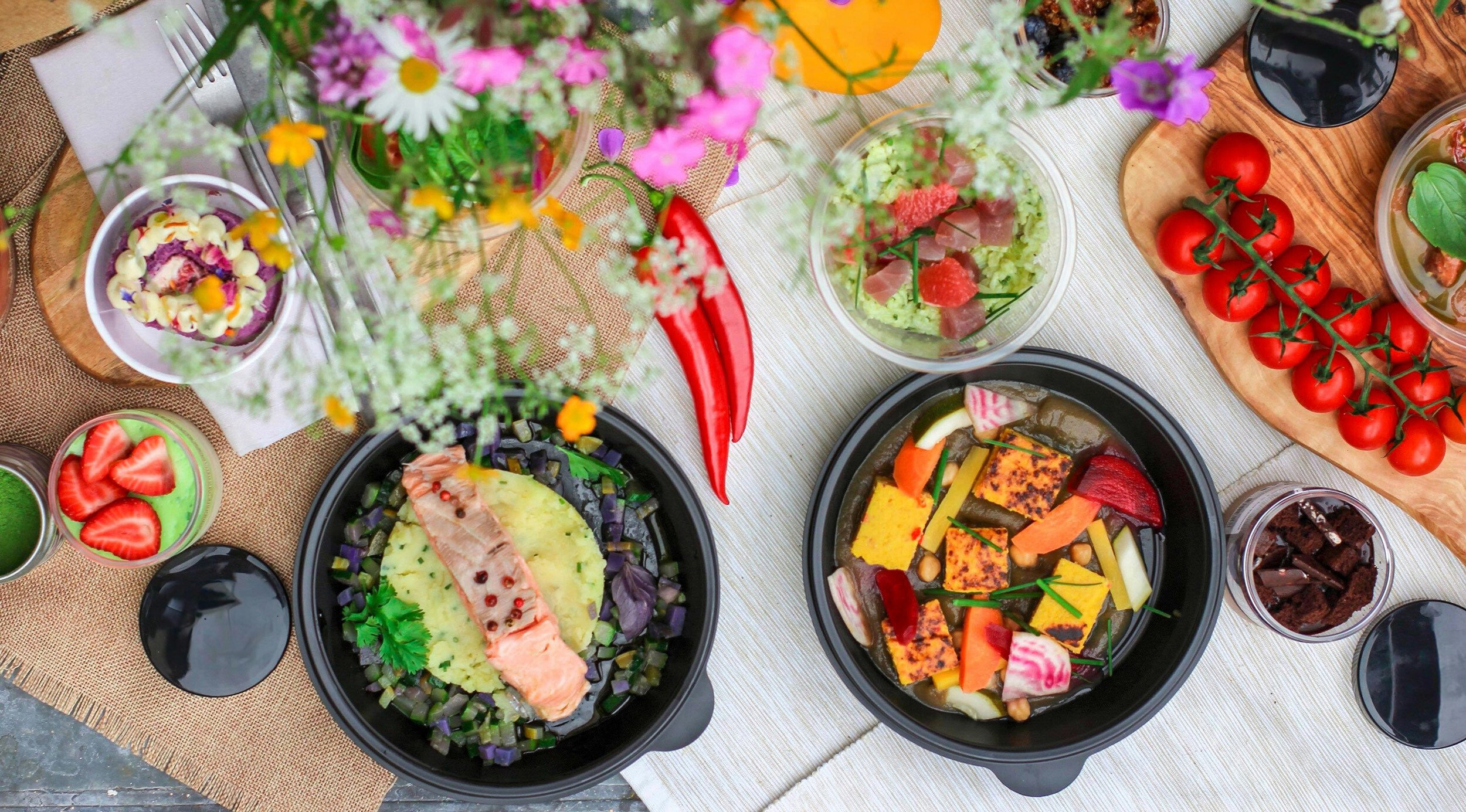When selecting the kettle size, there are several factors to consider. Some are pretty straightforward: the number of meals or just preferred production volumes. But some considerations, sometimes, can be negligence bypassed at the selection of kettle.
What is your kitchen production method?
Are you operating with a cook&serve kitchen, where you need to have the food ready when serving it?
When you operate the cook&serve kitchen, the most typical method is to select the kettle sizes according to the meals you need to serve. See the quick sheet from our capacity calculator.
Are you operating a cook&chill kitchen, where your production is timely separated from the serving? This provides the benefit that all food does not need to be ready simultaneously. You can divide the output throughout the day or even for the evening- or night shift.
Then, choosing the kettle size is also more optimized for operation than the number of meals. Typically, you would prefer kettles in size range of 150 to 200 liters as these are the most efficient to operate:
- Compared to larger kettles, you save kitchen professionals working hours, especially during adding the ingredients and emptying the kettle.
- The kettle heating and chilling times are reduced, leading to higher product quality and securing food safety when the food safety temperature limits are kept in detail.
- The amount of food that needs to be handled by the mixer tool is lower, leading directly to improved food quality. But the lower amount of food also enables a larger variety of recipes produced in the kettle
In cook-chill production, it also has to be noted that recommended fill rates are in the range of 70%, which of course, needs to be counted in kettle sizes to achieve desired output capacity.
Maybe you are operating with a cold-based cooking method where the food is actually cooked first time in the serving kitchen. In a cold-based kitchen, you typically use the kettle as an efficient mixer to prepare the in-detail planned recipe. With kettle mixing capabilities and especially utilizing different special mixing tools, the kettle ensures the proper construction and mixture, only to need heating it later at the place and time of serving.
With high demand for precise construction and mixture, you typically prefer 150 to 200-liter kettles in cold-base cooking. The mixing and food quality are optimally balanced with high production output in these sizes. In cold-base cooking, the mixing time is typically short, so adding ingredients and emptying the kettle play a more significant role. With faster cycles, you increase the number of cooking batches in one kettle per day.
In extended shelf life cooking, you typically produce homogenous results pumped out of the kettle directly to packaging. This production does not set such high demands on the mixing capabilities. Due to the homogenous construction of products and high production volumes, typically larger kettle sizes are preferred in ESL kitchens.
What kind of food do you make?
The type of food can be a dominating factor in selecting the size of the kettle, as, besides kettle size, it also affects suitable fill rates.
- The food type already decides what the size of one portion is. So depending on portion size, it is possible to produce quite a different amount of meals in the same size kettles.
- All of the kettle sizes work for the production of soups and other homogenous products.
- The highest food quality can usually be achieved with 150 to 200-liter kettles when producing food with any components. The food's weight above the lowest part of the food starts to affect production if the kettle has more deep construction.
- More attention to size selection is needed when producing foods that require precise mixing, e.g., salads. This is because the kettle size, both diameter and depth, can affect food weight above the lowest part and the operation of special mixing tools.
- When mixing heavy products (like meats, etc.), it is not the kettle's volume that defines the batch size, but it is more based on the diameter of the kettle. Because the kettle can't be filled to maximum volume, you might get the same volume with a 300-liter as a 400-liter kettle.
For whom are you producing?
The customer group you serve affects the capacity needs of production. As meal sizes differ from daycare to canteens catering at industrial factories, it can easily be over double-fold. Luckily, taking this into account is relatively straightforward, e.g., in our capacity quick sheet, take the correct multiplier and utilize it to the number of meals in all kettle sizes.
How many meals will you be producing?
To get the kettle size, combine the above considerations for the limitations and current multipliers. Then use our Capacity quick sheet to understand the output of different kettle sizes. Suitable kettle size can be defined by preferred cooking processes and space available for kettles - sometimes, the floor print restrictions move the selection to one size or another. Finally, select the suitable kettle sizes by the number of meals you must produce in one cooking process.
What is your planned capacity need for the future?
After thinking about this, the big question comes; you know what you need today, but what is your need in the future? It is always wise to leave room for daily/weekly varieties in capacity and then further a little room to increase the output. Typically these are good to consider in the size of the kettle, but then it is often more sensible to answer for larger capacity increases with new kettles.
A good kitchen plan already includes reservations for new kettles, possibly including completed floor drains and ventilation. Genier ACE and Genier GO! offer an excellent option to merge a new kettle with an existing kettle even later. This helps to save floor space when needed.
In addition to the size of a kettle, the kitchen layout is a significant factor in defining the efficient operation flow in the kitchen. Read more on the blog: The place for the kettle - 5 facts to take into consideration.
Choosing the Right Mixer Kettle Quick Guide helps you to determine your needs for a mixer kettle. If you are Partner, you can find the guide on Dietatec Extranet.



